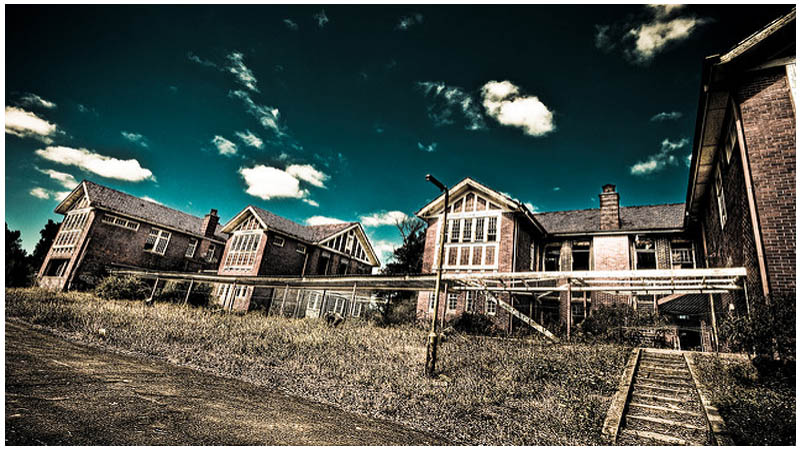In Australia during the 1930s, the asylums at Sunbury and Kew were overcrowded and the need arose for a bigger and more modern asylum to be built. In 1935, a design was created by Chief Architect Percy Everett, the designer of a great number of Australia’s structures.
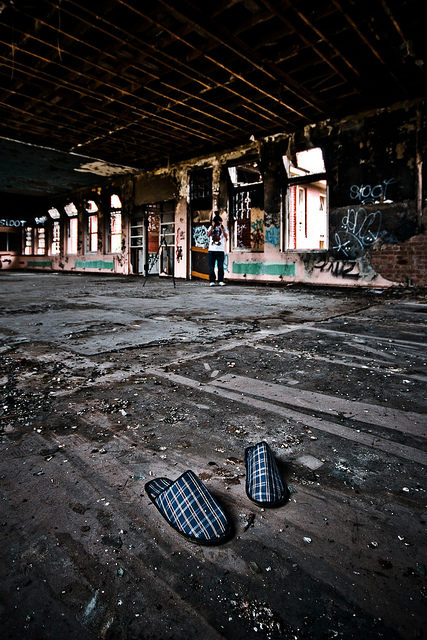
The design consisted of symmetrically curved buildings and curved roads alongside triangular gardens and lawns. The plan was approved, a site close to Plenty Road on Mont Park’s west side was chosen as the location for the build, and in 1938 construction began. Work was put on hold during World War II.
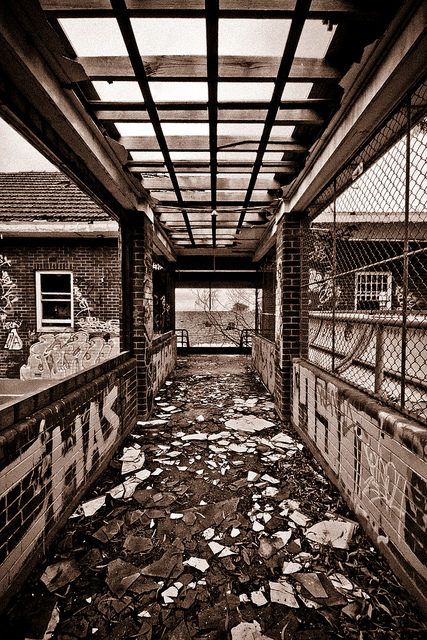
During the war, the complex became a U.S. Military hospital and the Women’s Auxiliary Air Force (WAAF) placed their training depot on the site. The Royal Australian Air Force (RAAF) joined them in 1942. As the war was nearing its end, the WAAF and RAAF were still using the complex.
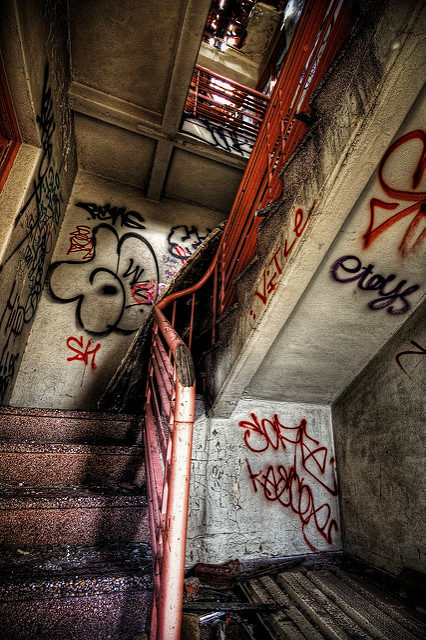
In 1946, the Housing Commission began to use the buildings as a housing project and they continued to be used as such until 1948. During this period, there were 109 families housed here.
One year later, everyone was relocated and the first patients from Mont Park Hospital were transferred to the site, even though a huge part of the complex was still partially completed and required additional work.
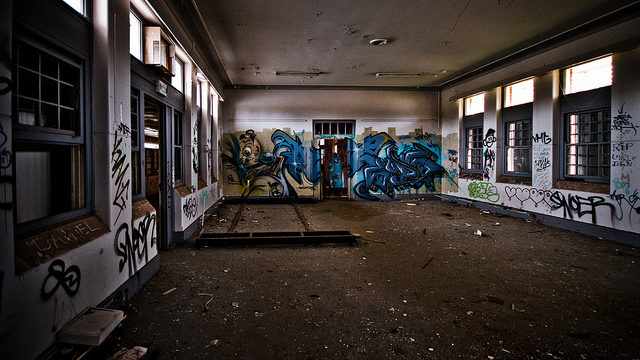
The fire that broke out at Beechworth Asylum was the reason the authorities were forced to reconsider their view on Larundel as many of Beechworth’s patients needed to be relocated. The asylum was officially opened in 1953, fifteen years after construction began.
Now officially a hospital, Larundel Asylum housed 387 patients, twenty-five percent of which were female patients. In 1955, it was extended and received eight new wards. This extension allowed 360 new patients to be admitted, which raised the overall capacity to 747 patients.
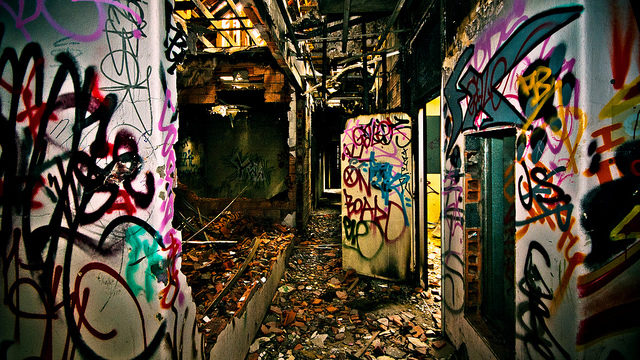
Over the years, the hospital continued to expand and, by the 1970s, it was already well-practiced in treating a number of mental disorders, including schizophrenia and chronic psychosis. One of its most notorious patients was Peter Dupas who was admitted in 1968, aged only fifteen, after stabbing a woman in the face.
He was released just two weeks later. In his lifetime he would kill five more people in a gruesome manner and earn the title of Australia’s most notorious serial killer. Disturbingly, his killing signature was to remove the breasts of female victims. The asylum continued to function until views on the treatment of patients in asylums began to change.
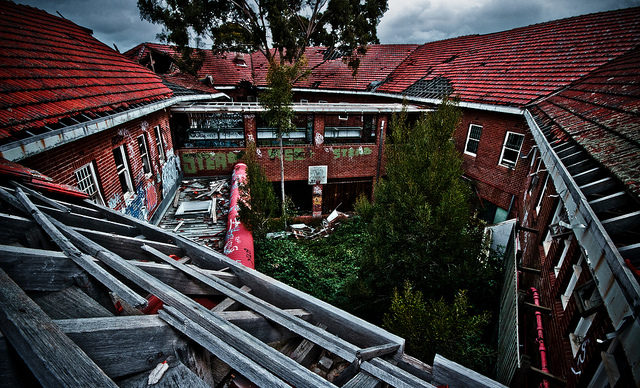
This change occurred towards the end of the 20th century when the philosophy of institutional care began to be favored by that of community care. As a result, a great number of asylums had to be closed down and Larundel was one of these such cases. The patients were relocated to Austin Hospital and the abandoned complex was then sold to developers. It soon began to attract urban explorers, thrill seekers, and ghost hunters.
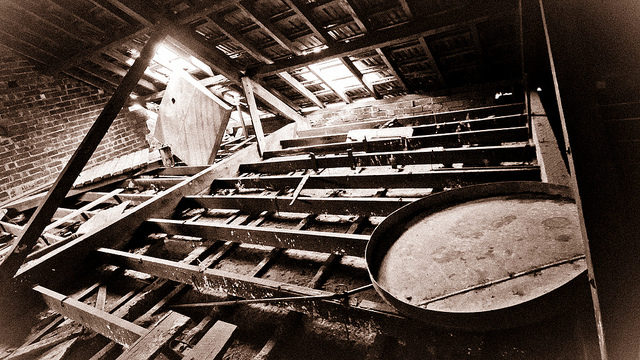
Some of those who were bold and daring enough to venture into its hallways reported hearing laughter, crying, random knocking sounds with no apparent order to them, and well-synced music box sounds. “… rumors about the building’s chequered past has earned it a reputation for being haunted. Maybe even the most haunted,” writes David Allegretti on Vice.
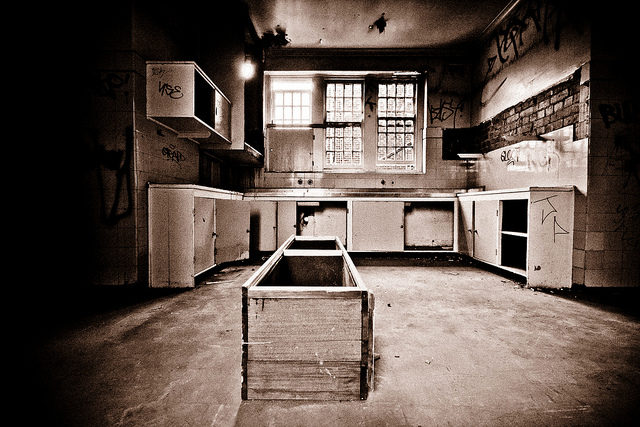
Youtube is filled with countless videos of explorers wandering up and down the graffiti-covered corridors. According to Australian newspaper the Herald Sun, “Trespassing is the latest issue to arise in connection with the former asylum. Residents reported significant problems with hoon drivers last year, forcing the police and council to intervene.” As of 2017, a number of the original buildings are no longer standing.
